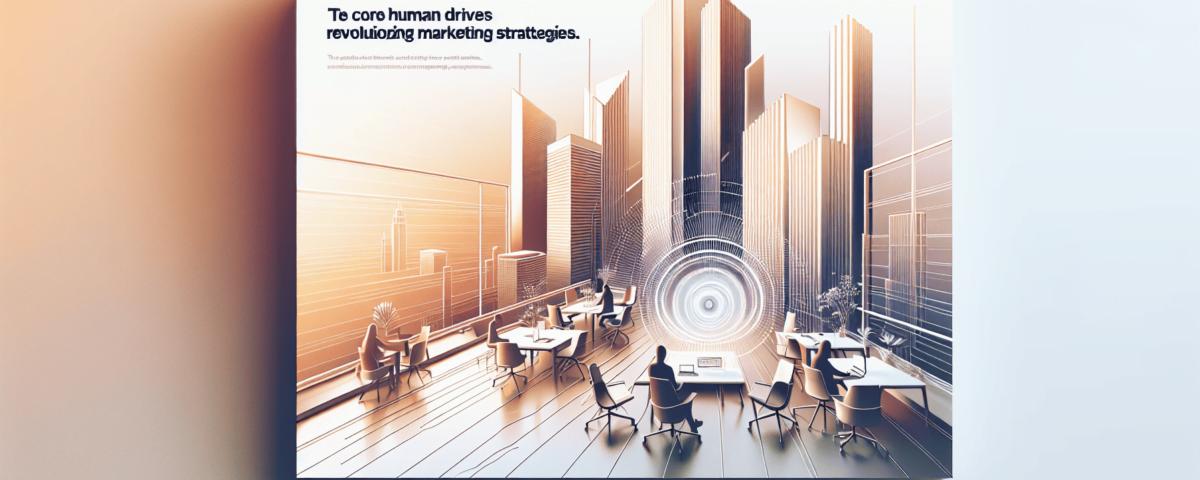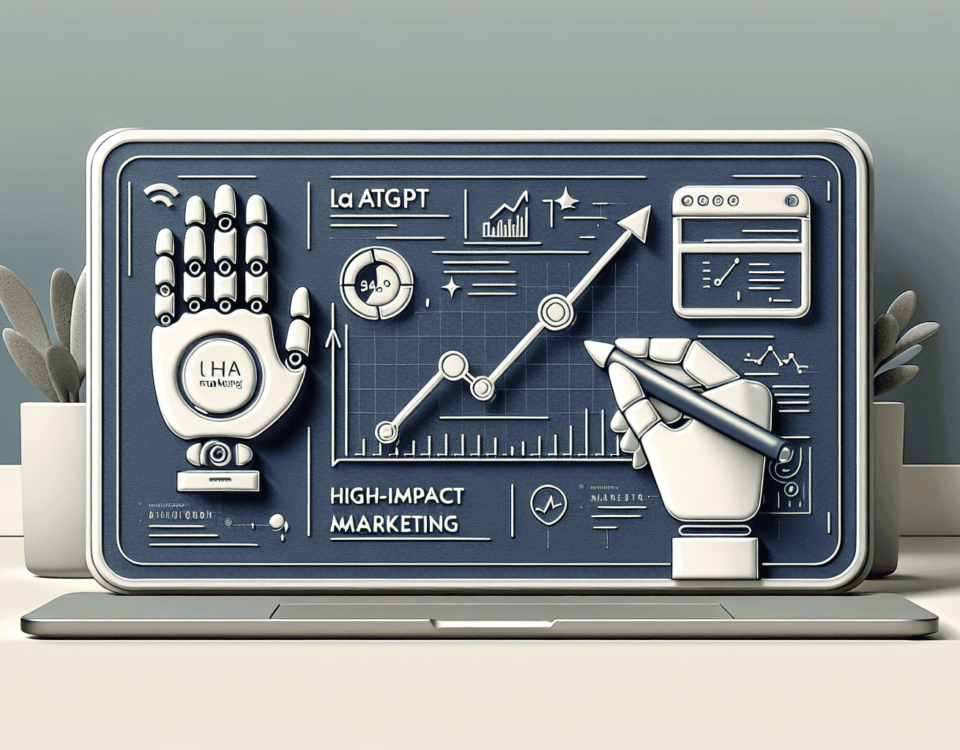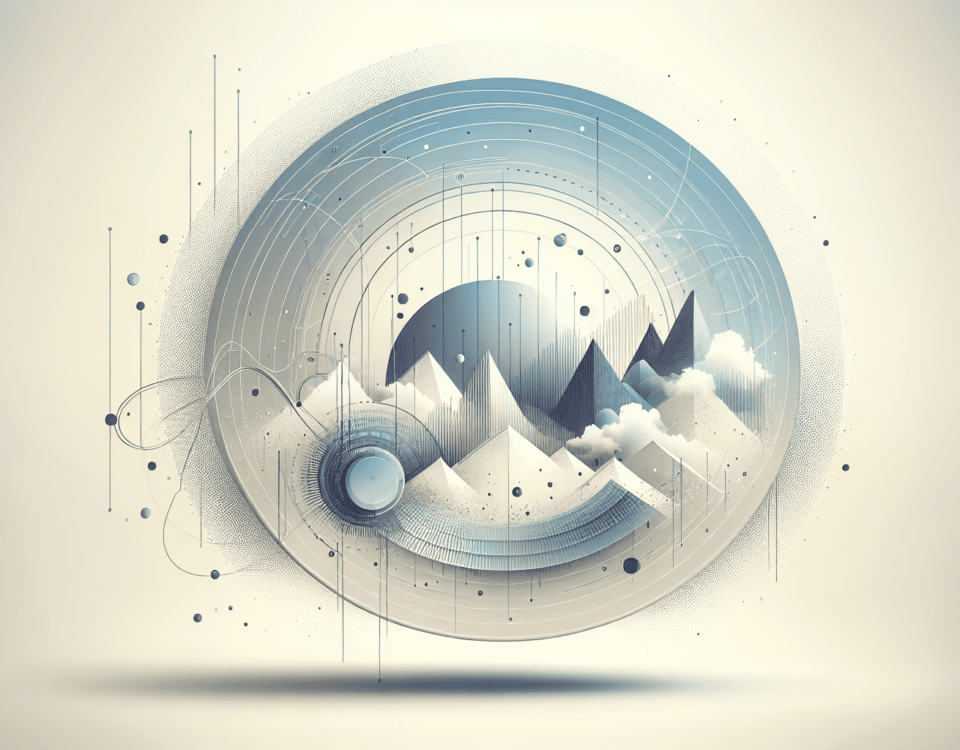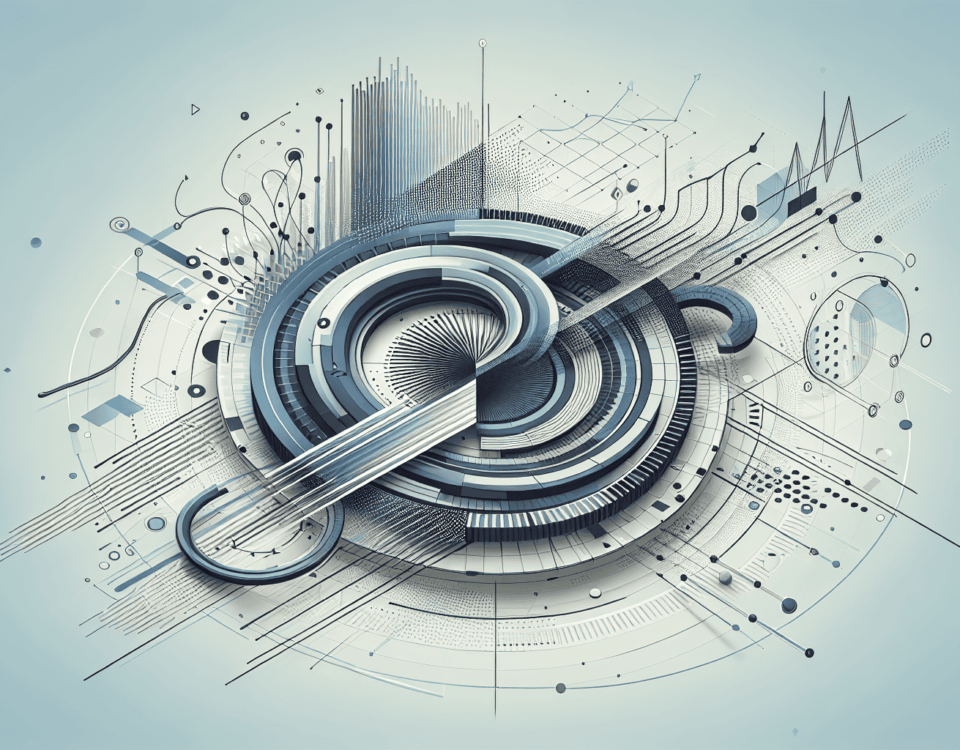The Fallacy of Maslow’s Hierarchy in Modern Marketing
Embarking on a journey through the kaleidoscope of human behavior, we uncover that the motivational forces guiding our customers are broader than the tiers of Maslow’s well-known pyramid. It’s been a touchstone for decades, yet Maslow’s Hierarchy of Needs often confines our marketing perspectives to a linear progression – one step after the other, from basic physiological needs to the pinnacle of self-actualization. This perspective suggests that higher-level aspirations emerge only upon the fulfillment of more fundamental needs. Standing in stark contrast to the fluidity and volatility of modern consumer needs, this staircase model seems rigid.
Consider how social media platforms ignite aspirations for esteem and self-expression regardless of one’s level of material fulfillment. A teenager might yearn for recognition on Instagram before securing financial independence. This exposes a mismatch between Maslow’s structure and the multifaceted nature of human desires in a hyper-connected world. A model that assumes a completed level before ascending simply cannot map the enigmatic and often simultaneous desires of consumers.
In an era defined by digital immediacy and the democratization of information and opportunity, marketers are prompted to delve beyond the outdated constraints of the hierarchy. The recognition of this fallacy paves the way for a more intricate understanding of consumer drives, better suiting the landscape of desires in the 21st century.
ERG Theory and the Quest for Simplicity in Consumer Behavior
Responding to the limitations of Maslow’s model, Clayton Alderfer’s ERG Theory honed in on three core groups: Existence, Relatedness, and Growth. A broader framework allows for a more nuanced understanding, resonating better with the overlapping and recurring nature of needs that do not adhere to a strict hierarchy.
ERG Theory provides a more realistic portrayal of human motivation by acknowledging that multiple needs can be pursued simultaneously. This flexibility reflects the true nature of consumer behavior where, for instance, an individual might seek personal growth through education (Growth) even when their social needs (Relatedness) or material requirements (Existence) are unmet.
Despite its advanced perspective over the hierarchy, ERG Theory still stops short in dissecting the complexity of consumer behavior in the digital era. The rapid change in trends, the influence of social networks, and the personalized nature of consumer journeys demand a more granular understanding of human drives.
Unveiling the Four Drives: Lawrence and Nohria’s Contribution to Understanding Customers
In “Driven: How Human Nature Shapes Our Choices,” Lawrence and Nohria assert that human behavior can be attributed to four fundamental drives: to Acquire, to Bond, to Learn, and to Defend. This set of drives attends to the complexity and at times seeming contradictions present in our decisions and actions, which can spring forth from multiple drives concurrently.
- Drive to Acquire: Beyond mere survival, this addresses the human tendency to seek, collect, and own goods or experiences that enhance status and influence.
- Drive to Bond: This is the pursuit of connection, belonging, and the creation of meaningful relationships with others.
- Drive to Learn: An intrinsic urge to satisfy our curiosity, develop skills, and understand ourselves and the world around us.
- Drive to Defend: This manifests in the protection of what we care for, including our acquired possessions, our bonds, and our beliefs.
These drives act as forces guiding many of our choices—often in tandem, which is especially relevant when constructing marketing strategies that appeal to our complex nature. Understanding these underlying motivations equips marketers with a comprehensive lens through which to view and engage with consumers.
The Fifth Drive: Kaufman’s Emotional Dimension in Marketing Dynamics
The inclusion of a fifth drive by Josh Kaufman in “The Personal MBA”—the drive to Feel—add a much-needed emotional dimension to our understanding of consumer behavior. Emotion wields considerable influence over purchasing decisions. How a product makes one feel can often eclipse its practical utility.
Products and brands often become intertwined with personal narratives and experiences, thereby eliciting emotional reactions and, consequently, loyalty and advocacy from customers. Whether it’s the delight of luxury, the thrill of innovation, or the warmth of nostalgia, tapping into the emotional drive can be a key differentiator in a crowded market.
The drive to Feel authenticates the other four drives, for it’s often the emotional undercurrent that gives weight to what we acquire, defend, learn, and with whom we bond. By acknowledging this drive, marketers can craft strategies that not only meet needs but resonate on a deeper, emotional level.
Integrating Human Drives into Marketing Tactics
The art and science of marketing lie in the delicate balance of meeting these human drives while respecting the unique journeys of consumers. Campaigns must be multifaceted, targeting not one drive but a symphony of them to truly connect.
The modern marketer must become a maestro, orchestrating campaigns that resonate with the drive to Acquire through exclusivity and value, the drive to Bond through community and shared experience, the drive to Learn through engaging content and thought leadership, and the drive to Defend through alignment with consumer values and identity.
A campaign that tells a story, which integrates the product into consumers’ lives as a means to achieve, defend, learn, and feel, has a tremendous power that extends far beyond the transaction. It creates a bond between the consumer and the brand that can flourish into a long-term relationship.
Crafting Campaigns that Resonate: Applying the Five Drives for Greater Impact
Embracing these drives in marketing strategies potentiates a deep connection with the target audience. Consider how Apple’s marketing encompasses all five drives: the status of acquisition, the community of bonders, the innovation for learners, the protection of defender, and the emotional engagement for feelers.
Examples of integrating these drives abound in successful marketing case studies: loyalty programs that reward acquisition, retreats that enhance bonds, courses that satisfy learning, branded content that bolsters defense of one’s identity, and emotionally charged storytelling that captures the feeling sought after by the consumer.
By understanding and employing these human drives, marketers can design campaigns rooted in the core of human motivation. This does not mean manipulating consumers but rather speaking to their inherent desires in ways that are meaningful and satisfying. The result is a marketing strategy that’s both effective, as it taps into the essence of our being, and ethical, as it acknowledges and respects our multifaceted nature.
The insights revealed through the lenses of Maslow’s Hierarchy, ERG Theory, and the Five Drives render a vivid panorama of consumer behavior. By embracing this understanding, marketers can construct campaigns that not only persuade but also resonate profoundly with the heartbeat of human motivation—culminating in a marketing strategy that’s not only heard but deeply felt.




